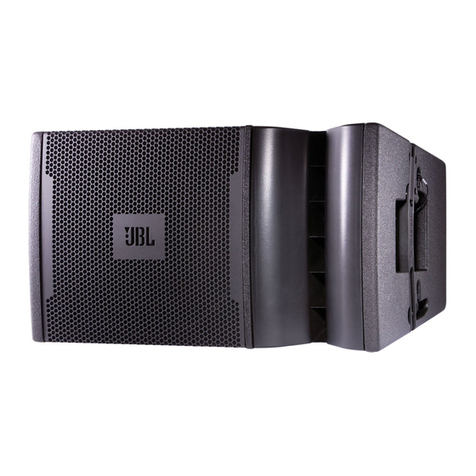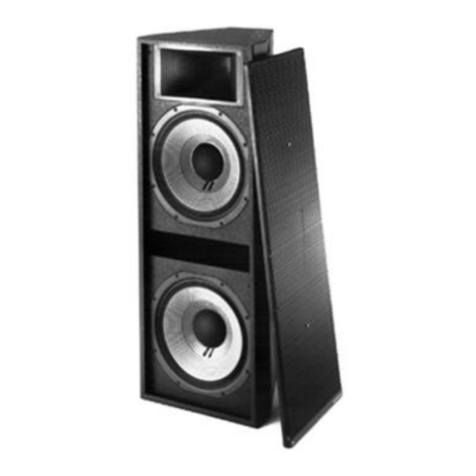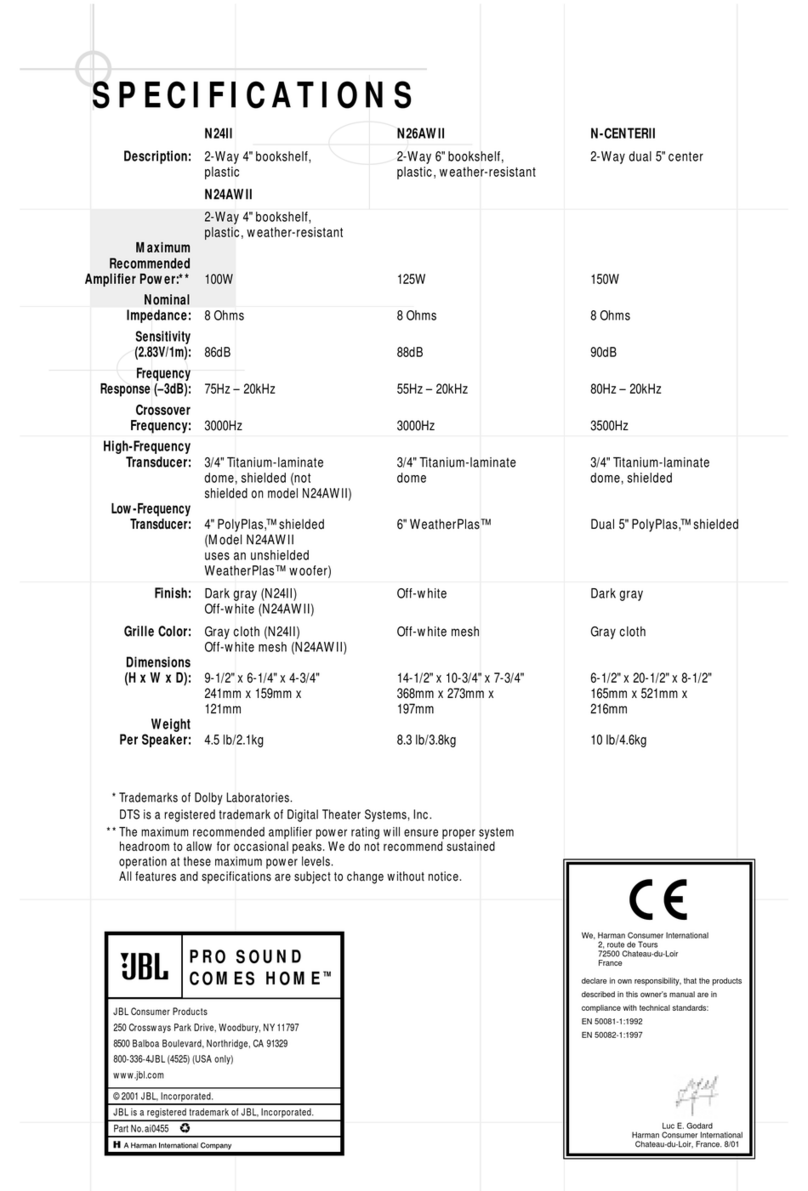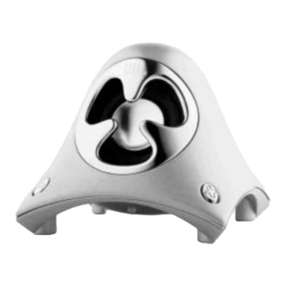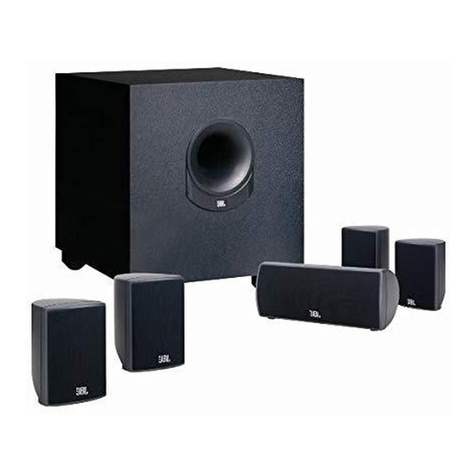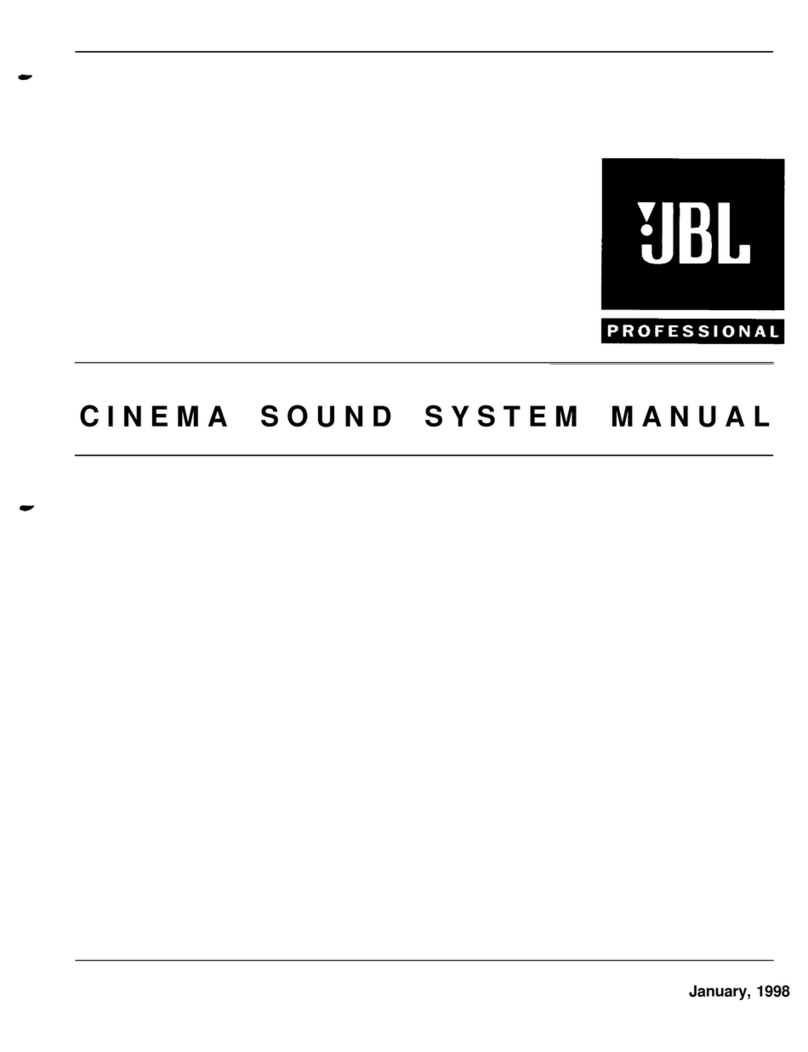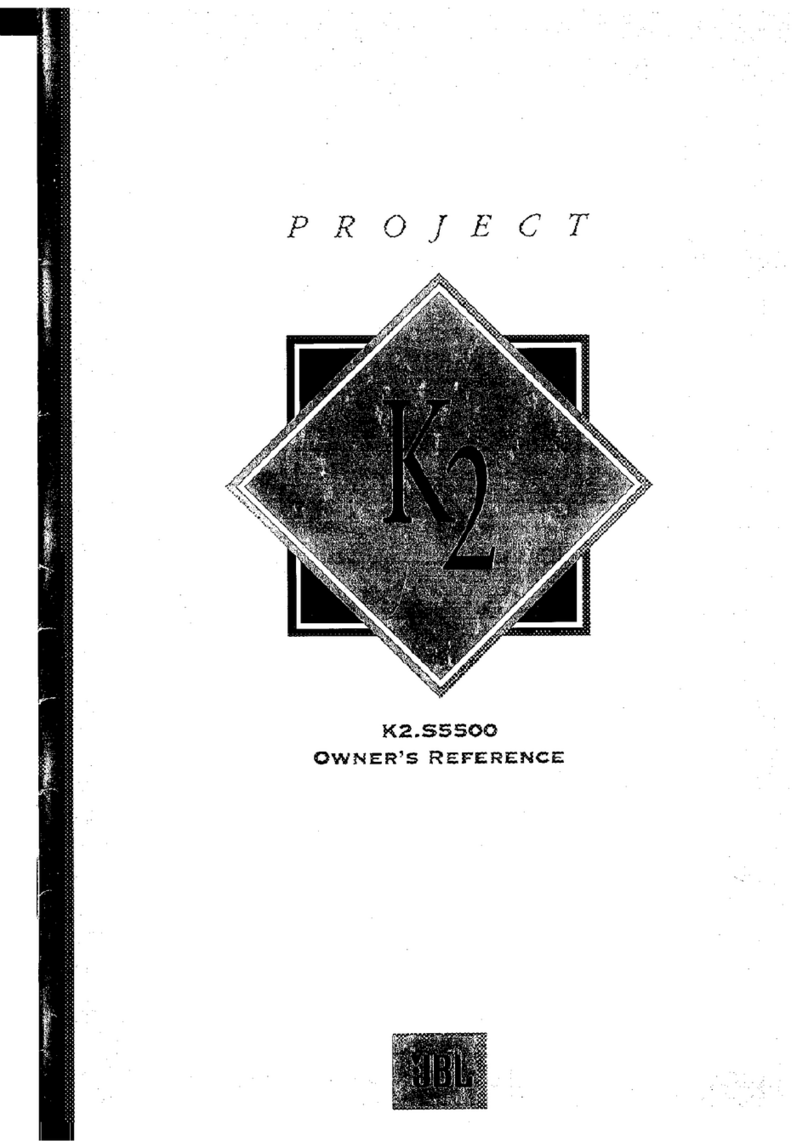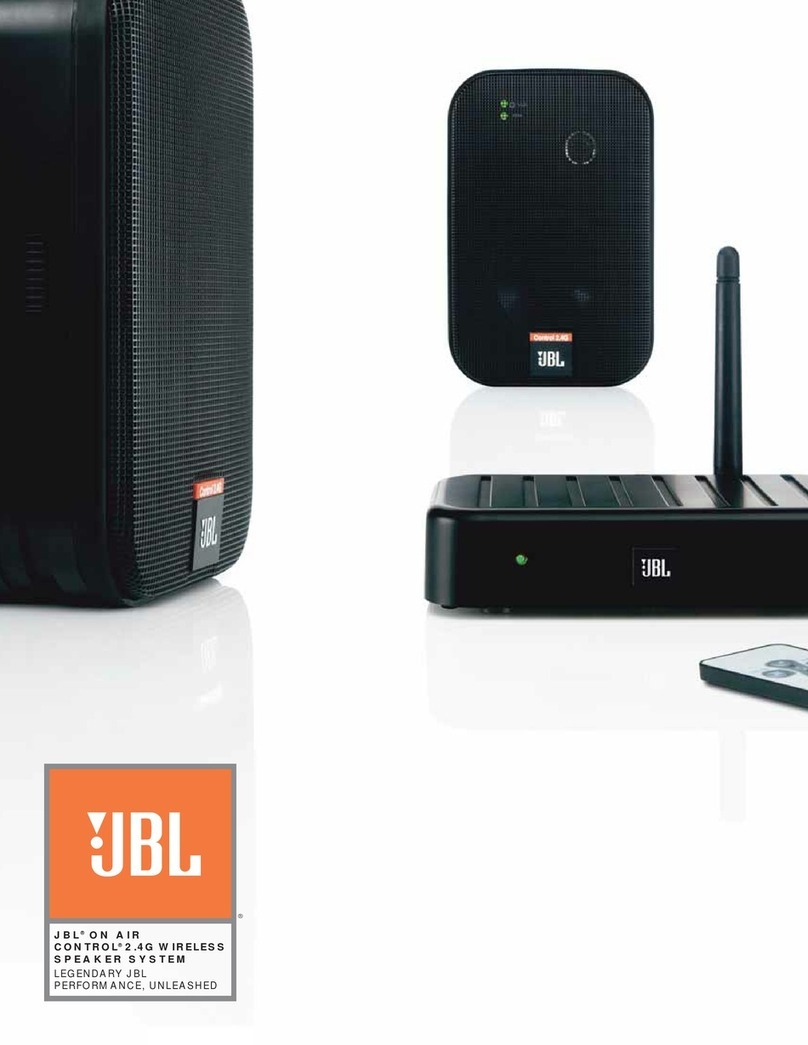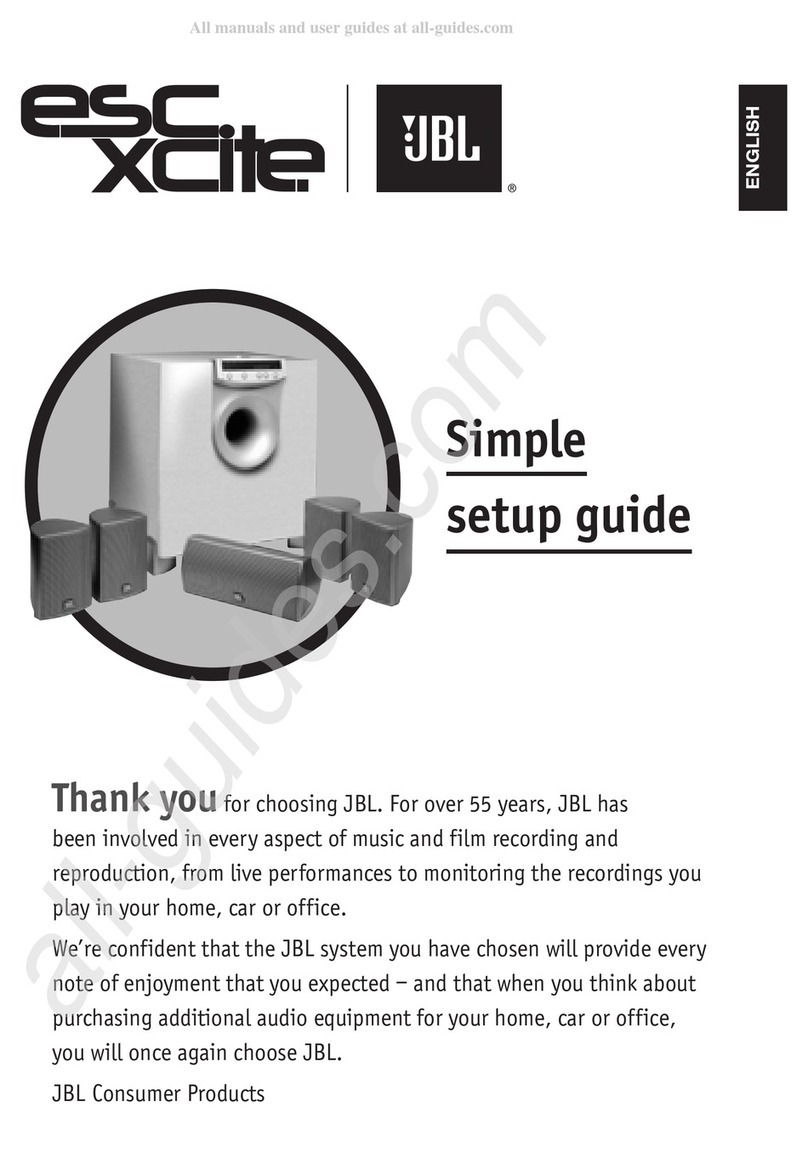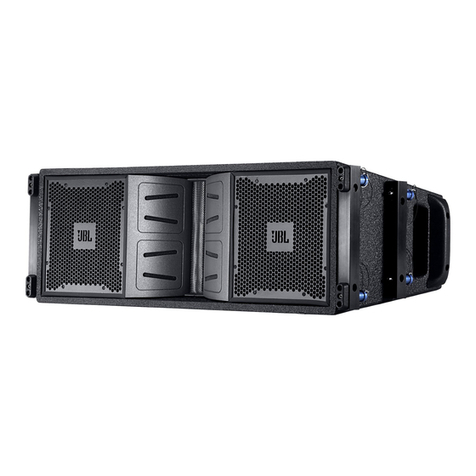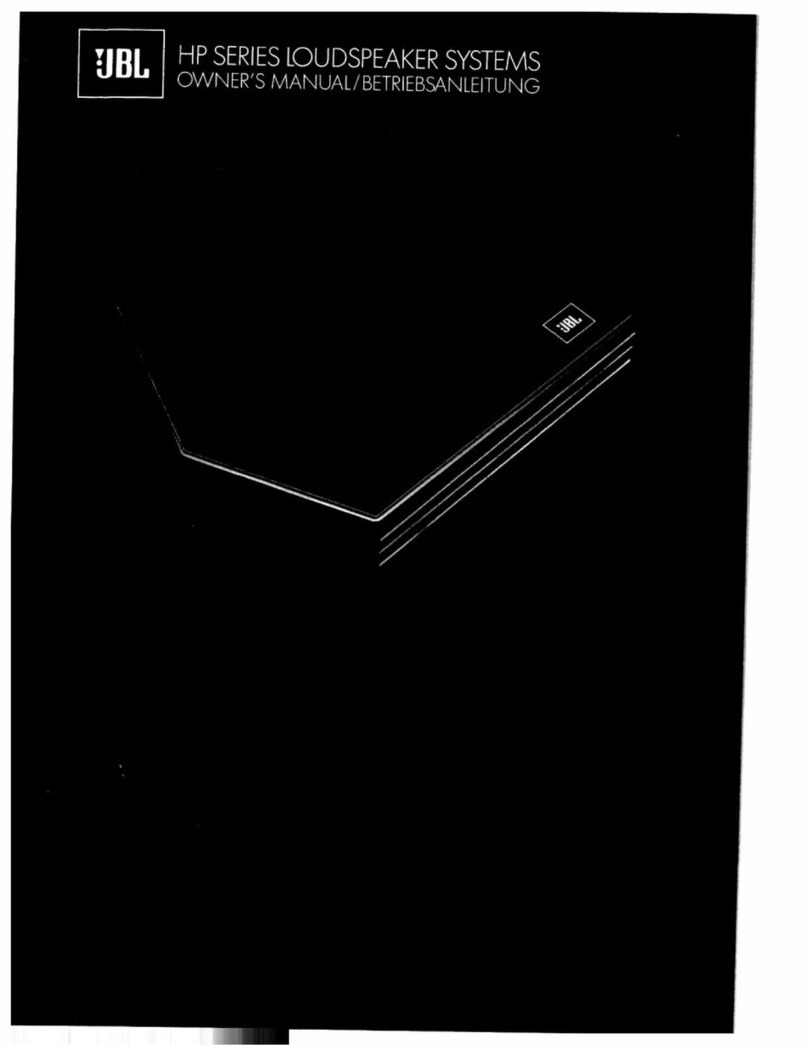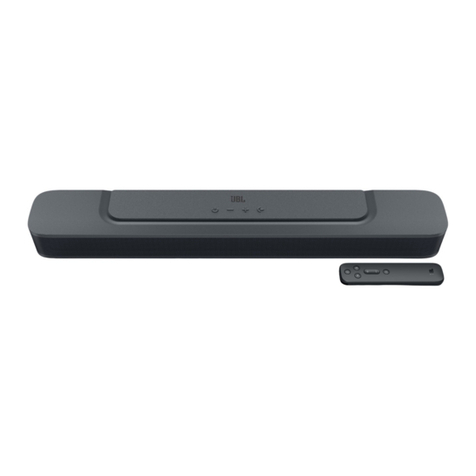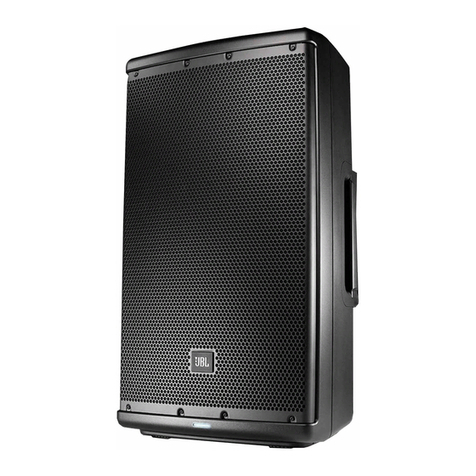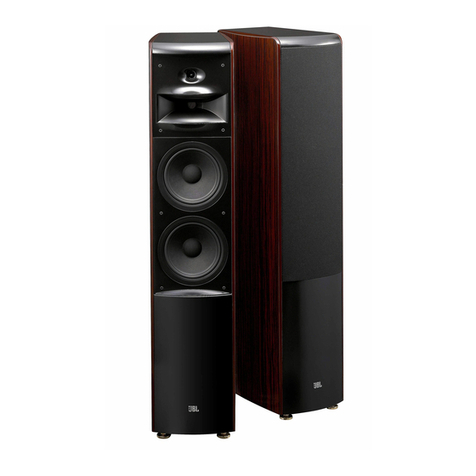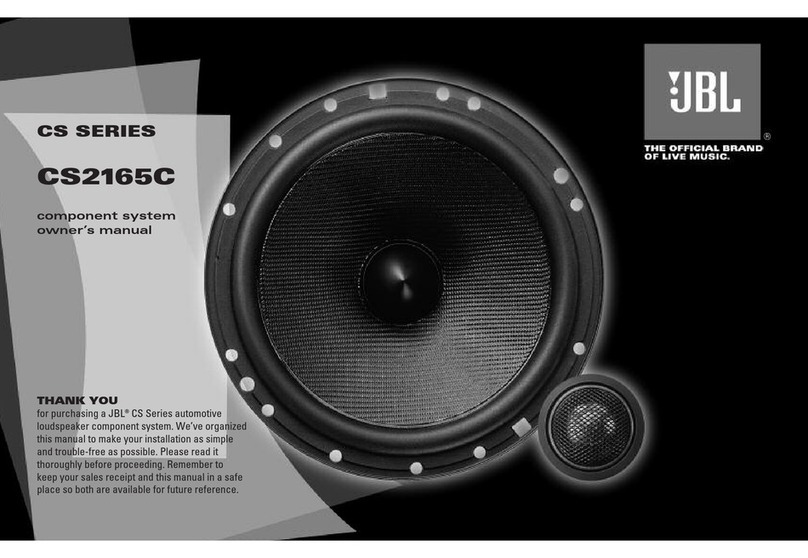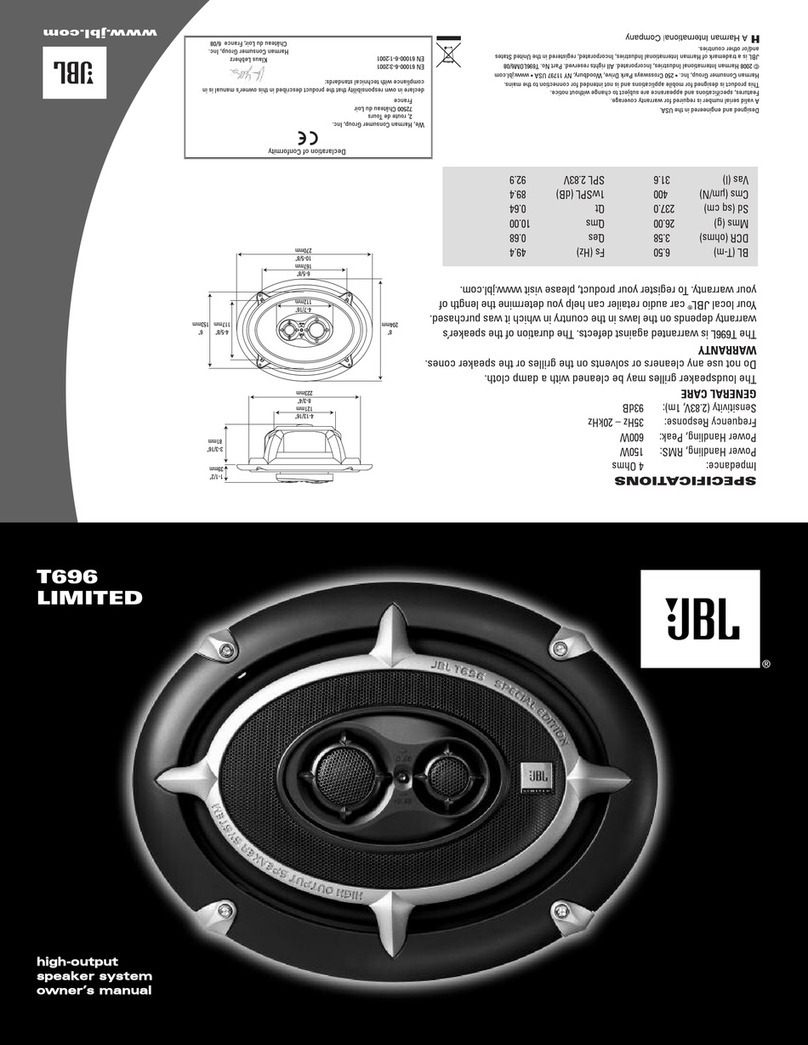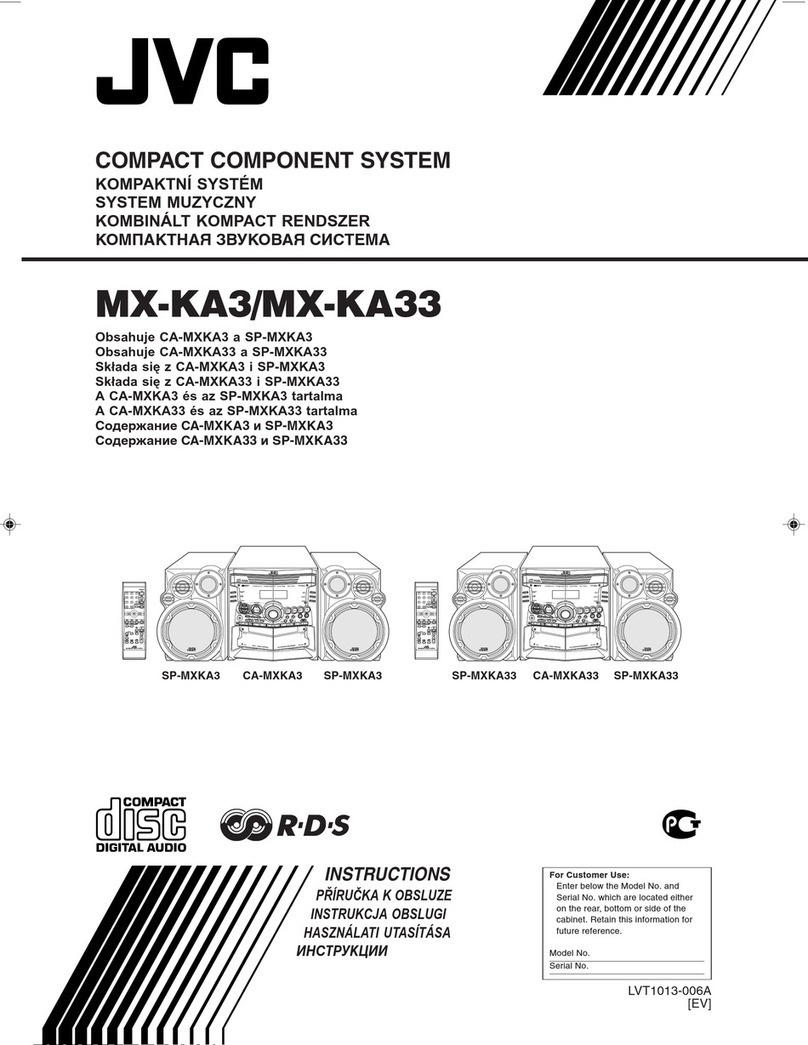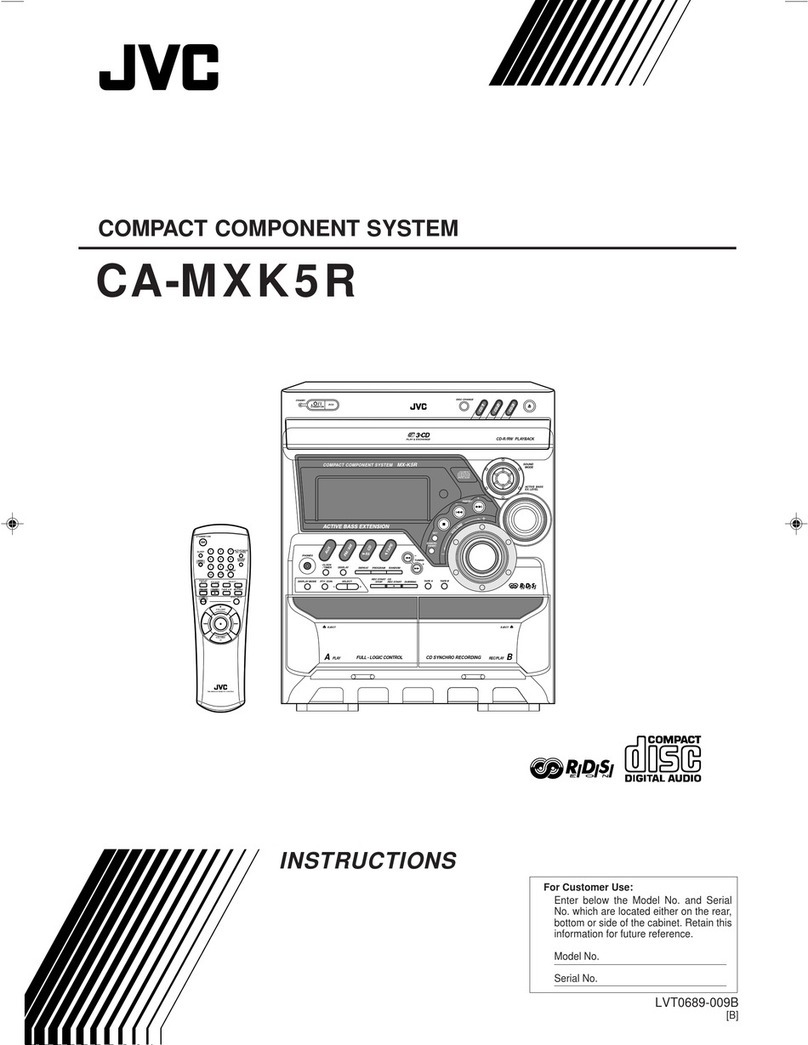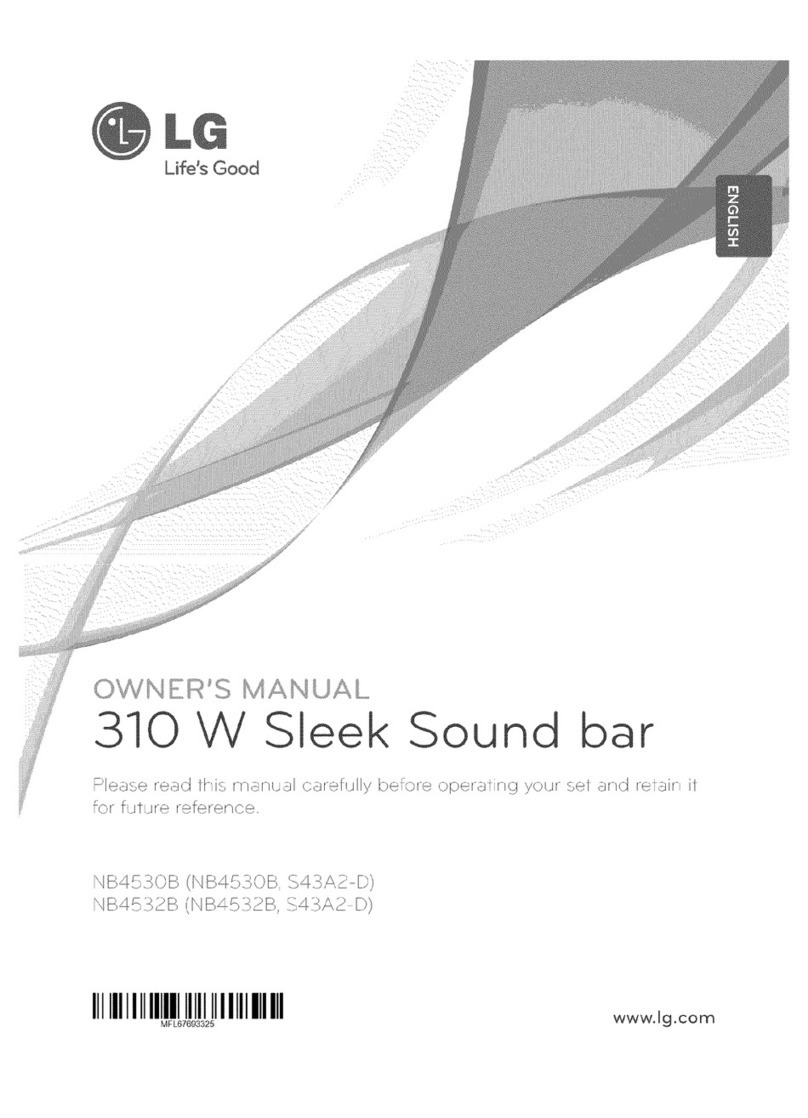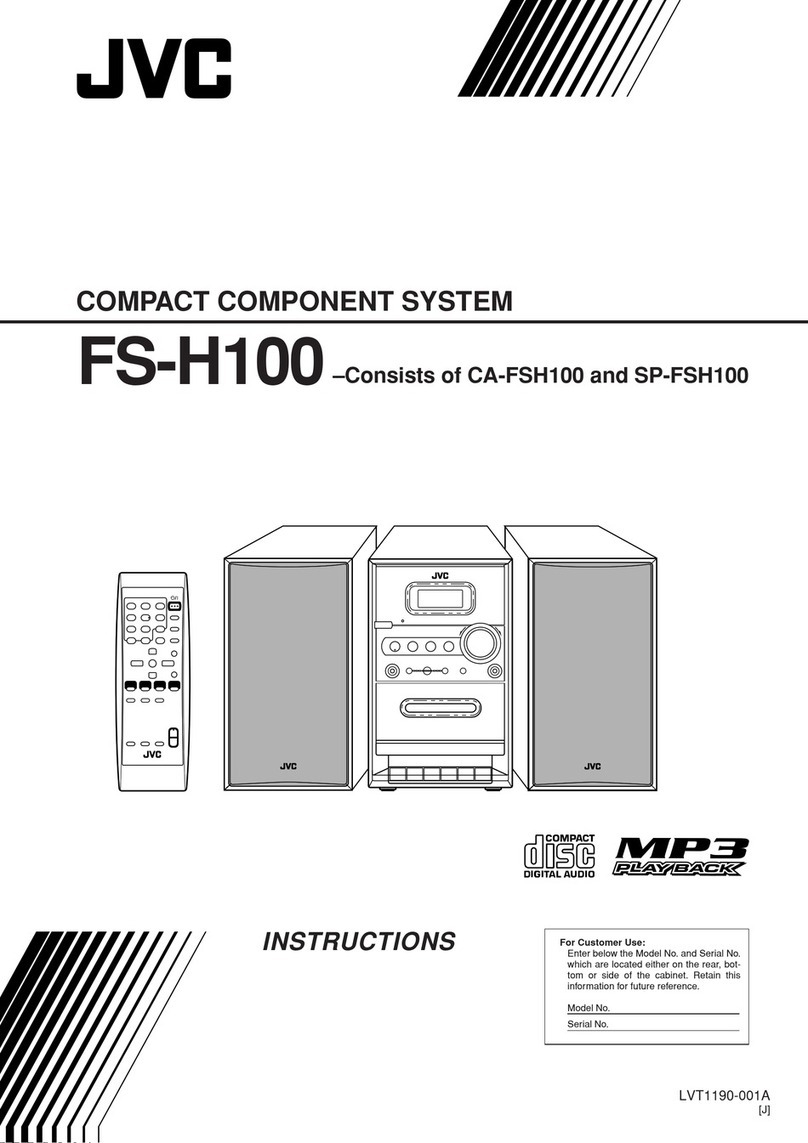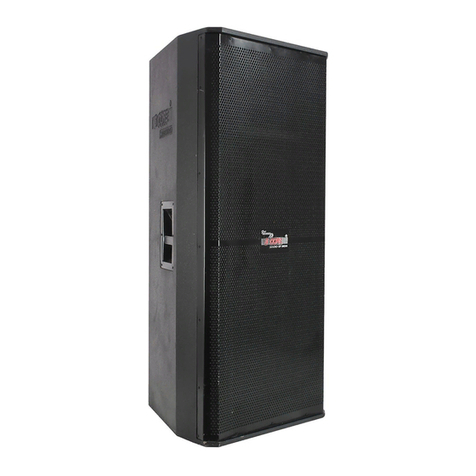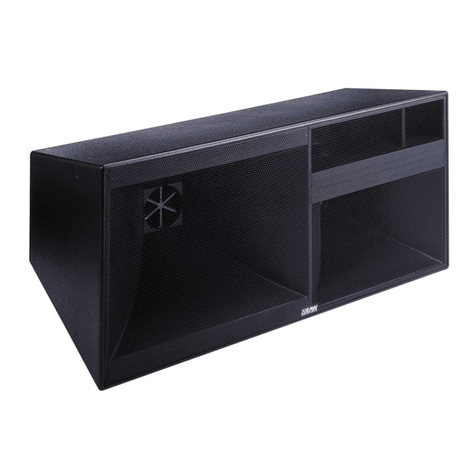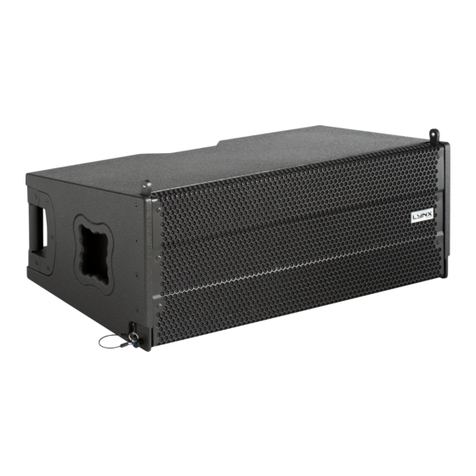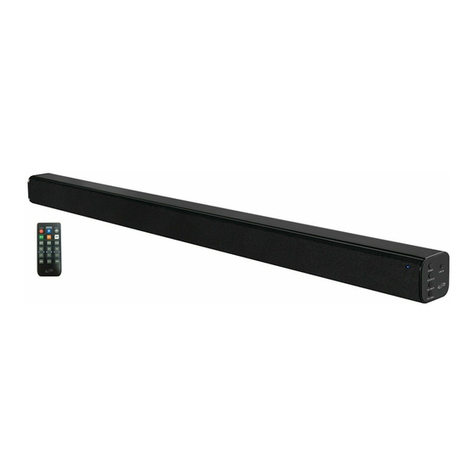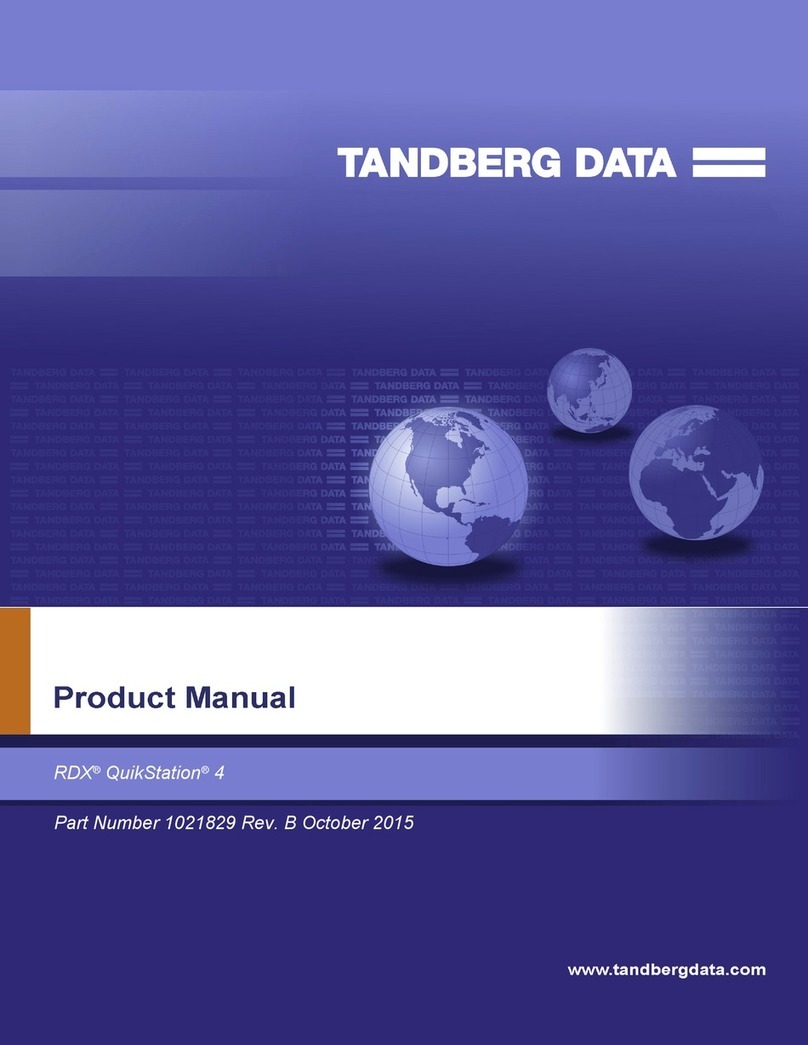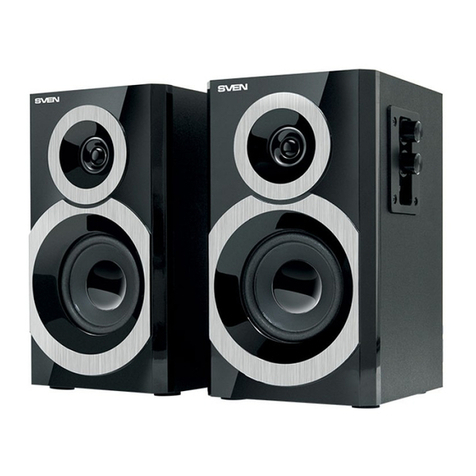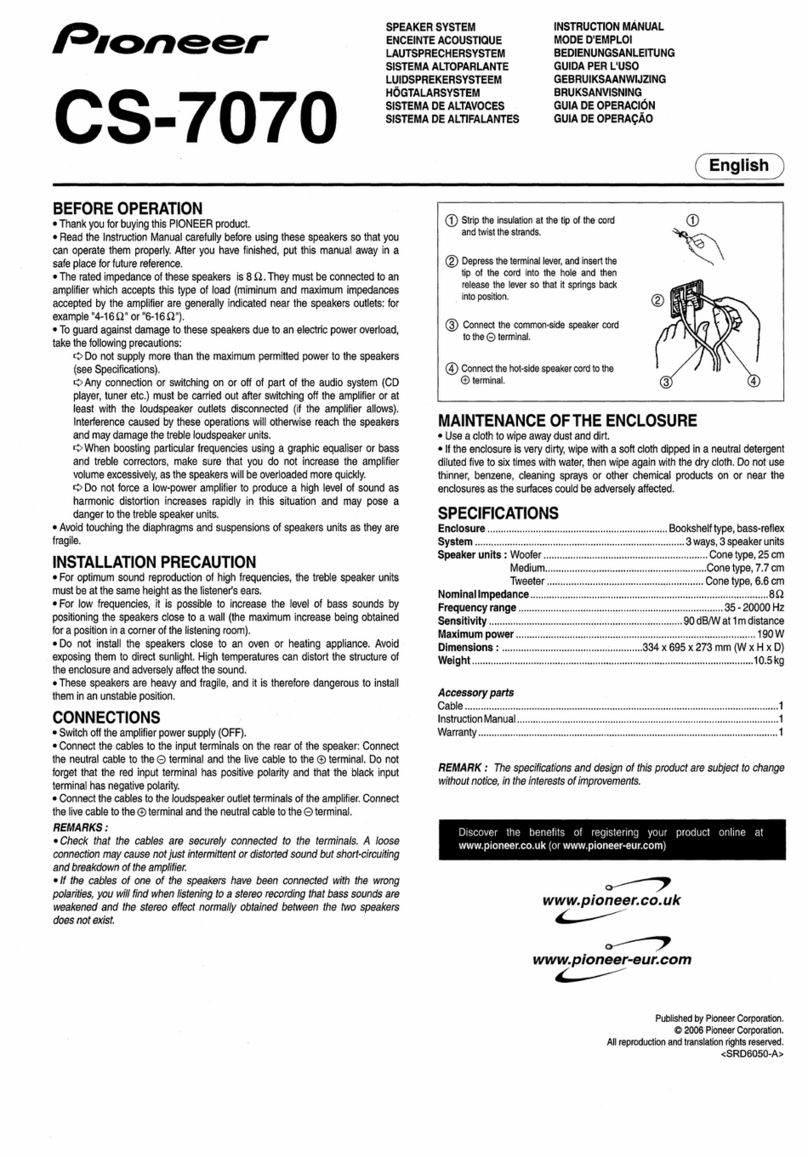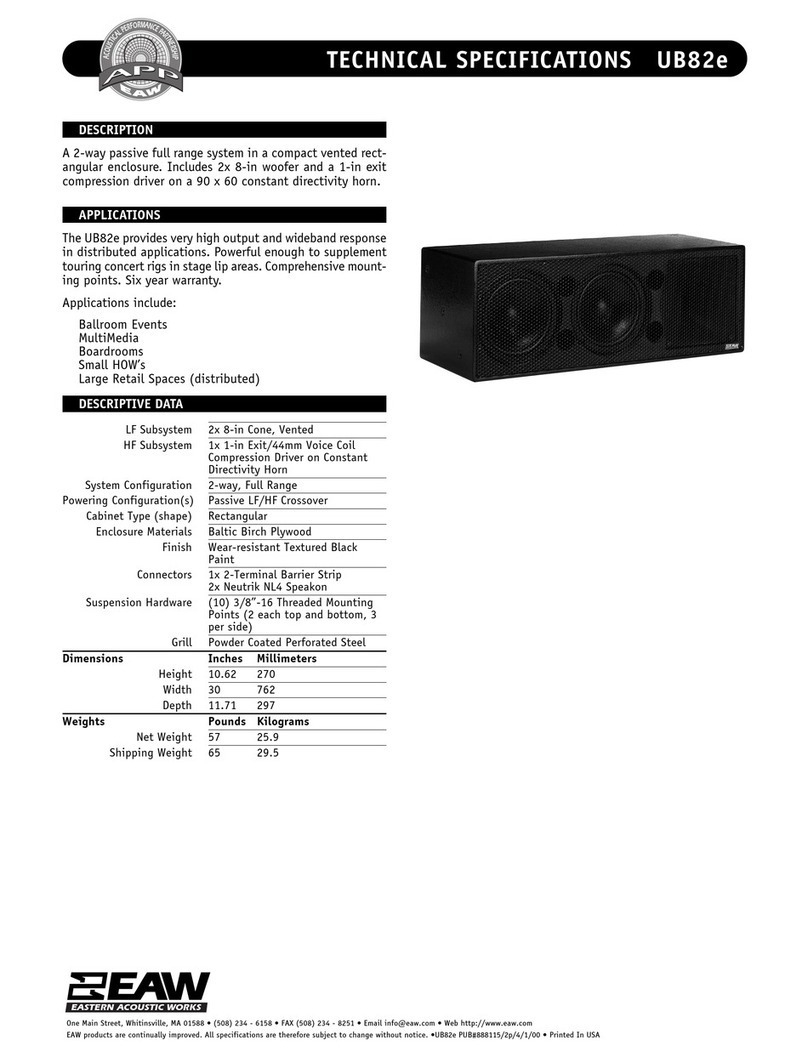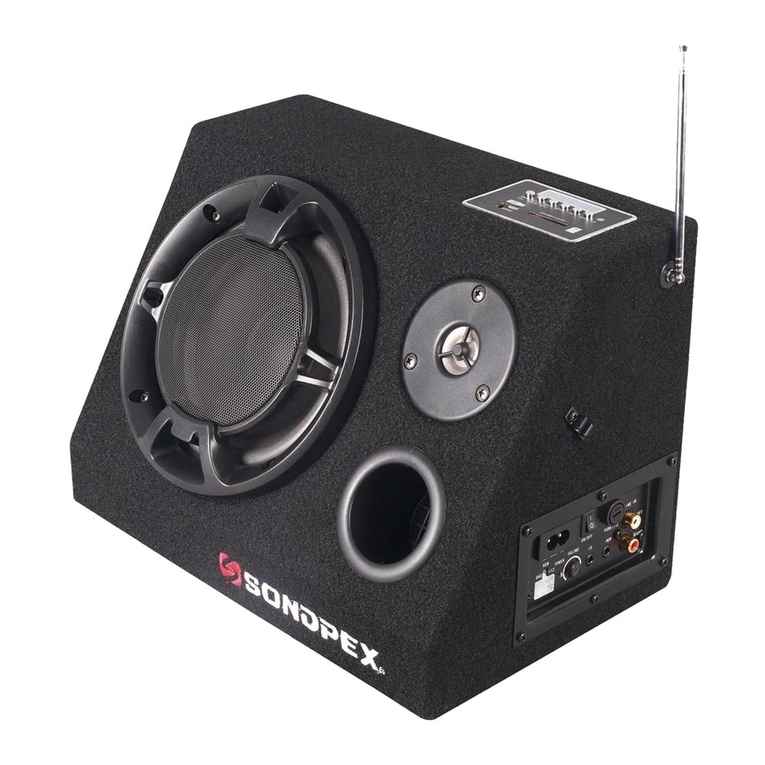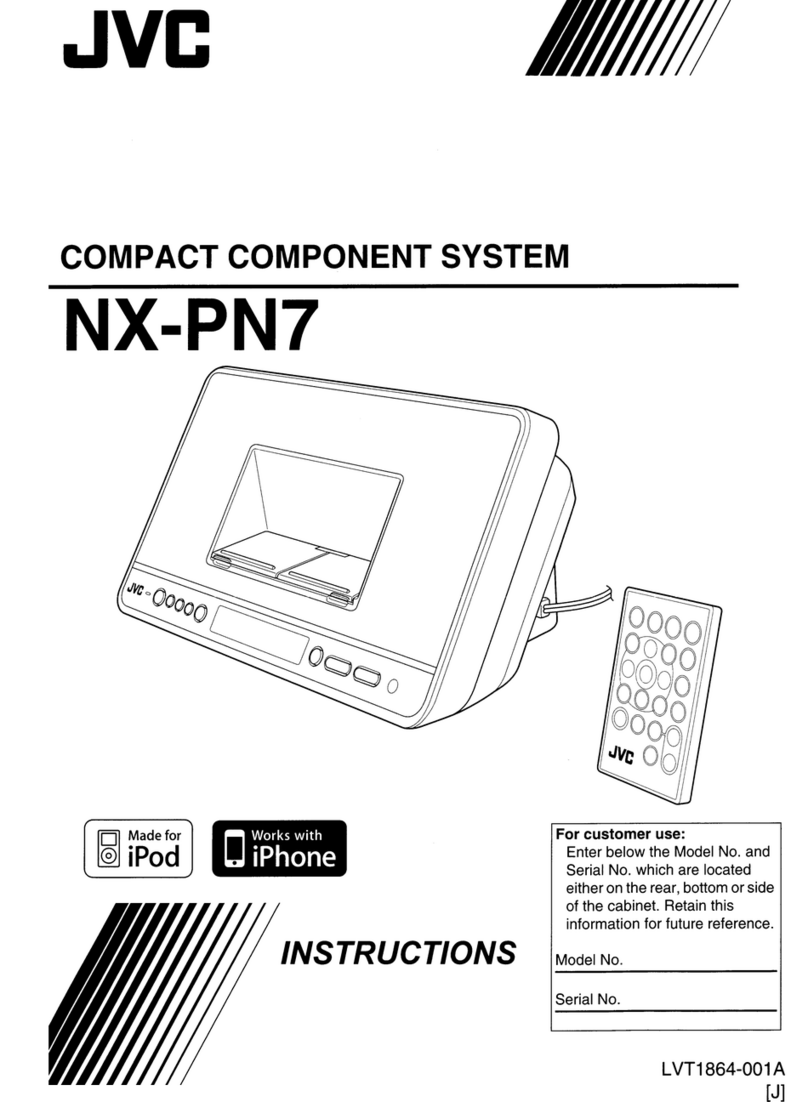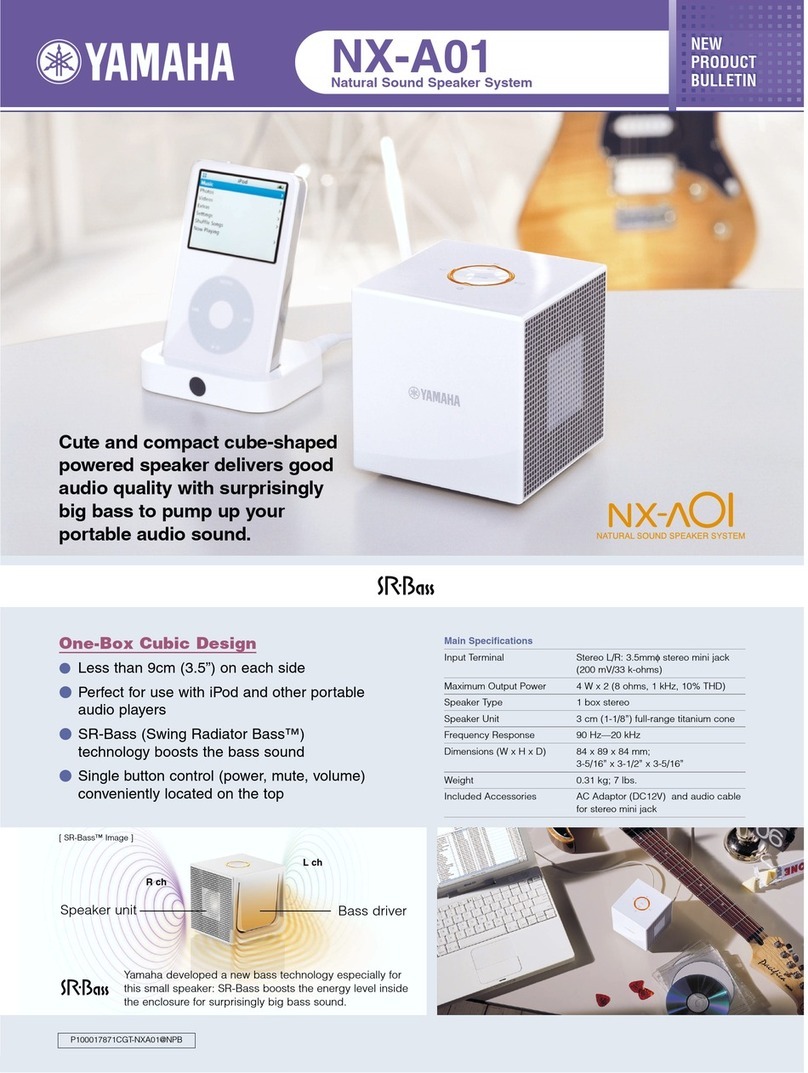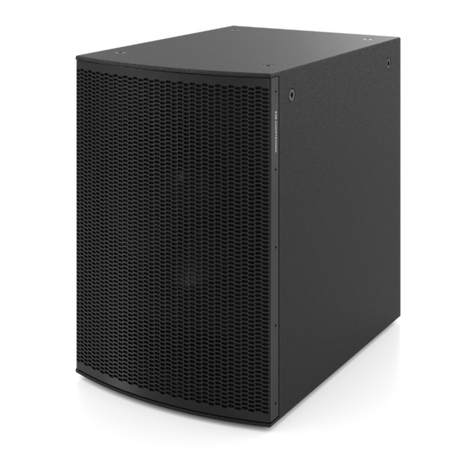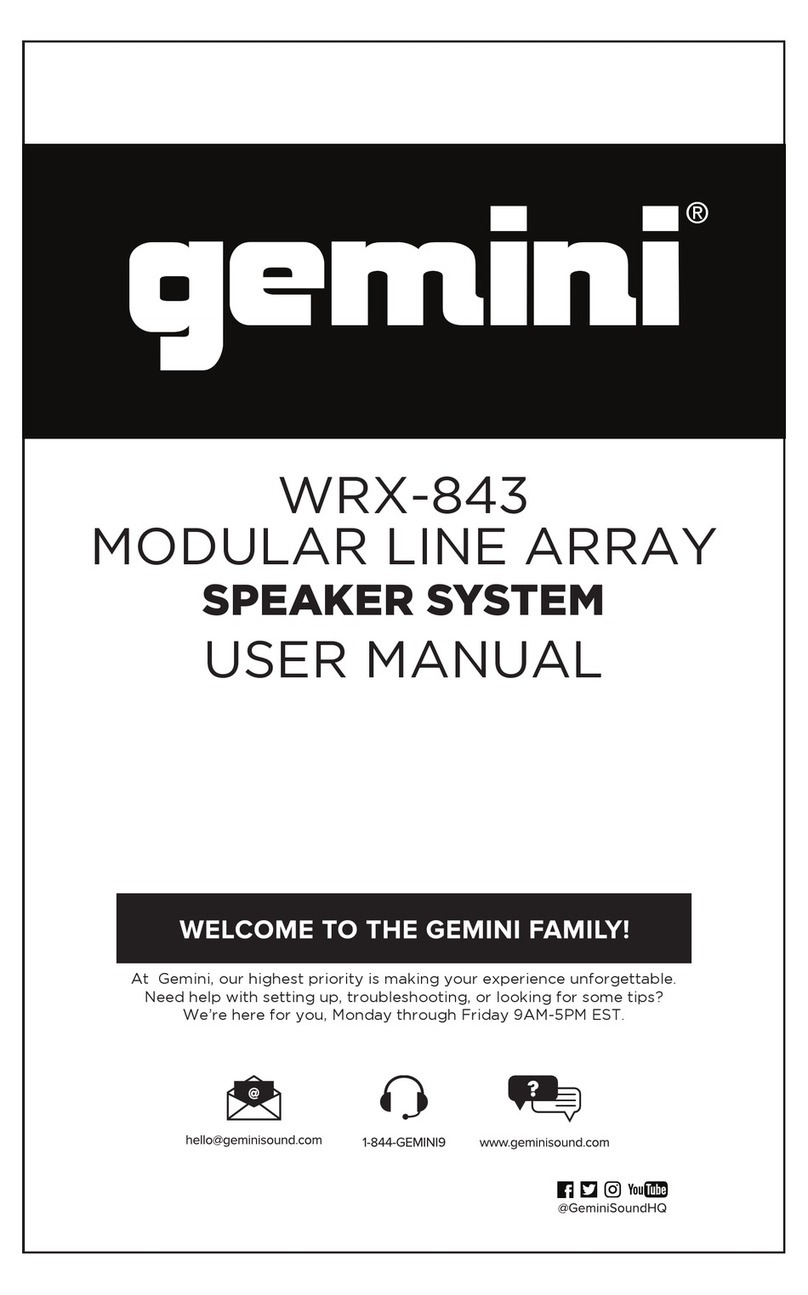
VT X A12 | Rigging Manual
TABLE OF CONTENTS
1 - DECLARATION OF CONFORMITY..................................................................................6
2 - SAFETY .........................................................................................................7
2.1 - Safety Instruction .............................................................................................7
2.2 - General Hardware Information . . . . . . . . . . . . . . . . . . . . . . . . . . . . . . . . . . . . . . . . . . . . . . . . . . . . . . . . . . . . . . . . . . . . . . . . . . . . . . . . . 7
2.3 - Attachment to Structures .....................................................................................7
2.4 - Important Safety Warning ....................................................................................8
2.5 - Are you new to rigging? .......................................................................................8
2.6 - Inspection and Maintenance ...................................................................................9
2.7 - Symbols......................................................................................................9
3 - MECHANICAL LIMITS .......................................................................................... 10
3.1 - Suspended Array Limits ......................................................................................10
3.2 - Ground Stack Array Limits ....................................................................................10
4 - SYSTEM COMPONENTS ....................................................................................... 11
5 - SOFTWARE ................................................................................................... 12
5.1 - Line Array Calculator 3 TM ....................................................................................12
5.2 - Array Link TM.................................................................................................13
6 - VTX A12 INTRODUCTION ...................................................................................... 14
7 - A12 RIGGING SYSTEM OVERVIEW .............................................................................. 15
7.1 - A12 Rigging Closeup ........................................................................................15
7.2 - VTX A12 - Angle-Lock Mechanism ............................................................................16
7.3 - VTX A12 - Angle Selection ...................................................................................17
8 - A12 VT AND TRANSPORTATION ................................................................................ 18
8.1 - Installing VTX A12 cabinets on a VTX A12 VT ..................................................................18
8.2 - Installing the TOP part of the VTX A12 VT .....................................................................20
8.3 - Storing the VTX A12 VT......................................................................................21
8.4 - Stacking the VTX A12 VT with the VT-TOP .....................................................................22
8.5 - Stacking The VTX A12 VT ....................................................................................23
8.6 - Truck Packing Dimensions. ..................................................................................24
9 - ARRAY FRAME AND EXTENSION BAR........................................................................... 25
9.1 - Array Frame Overview .......................................................................................25
9.2 - Extension Bar Overview.......................................................................................26
9.3 - Attaching the Extension Bar ..................................................................................27
9.4 - Extension Bar Attachment Options ............................................................................28
9.5 - Extension Bar Storage Positions...............................................................................30
